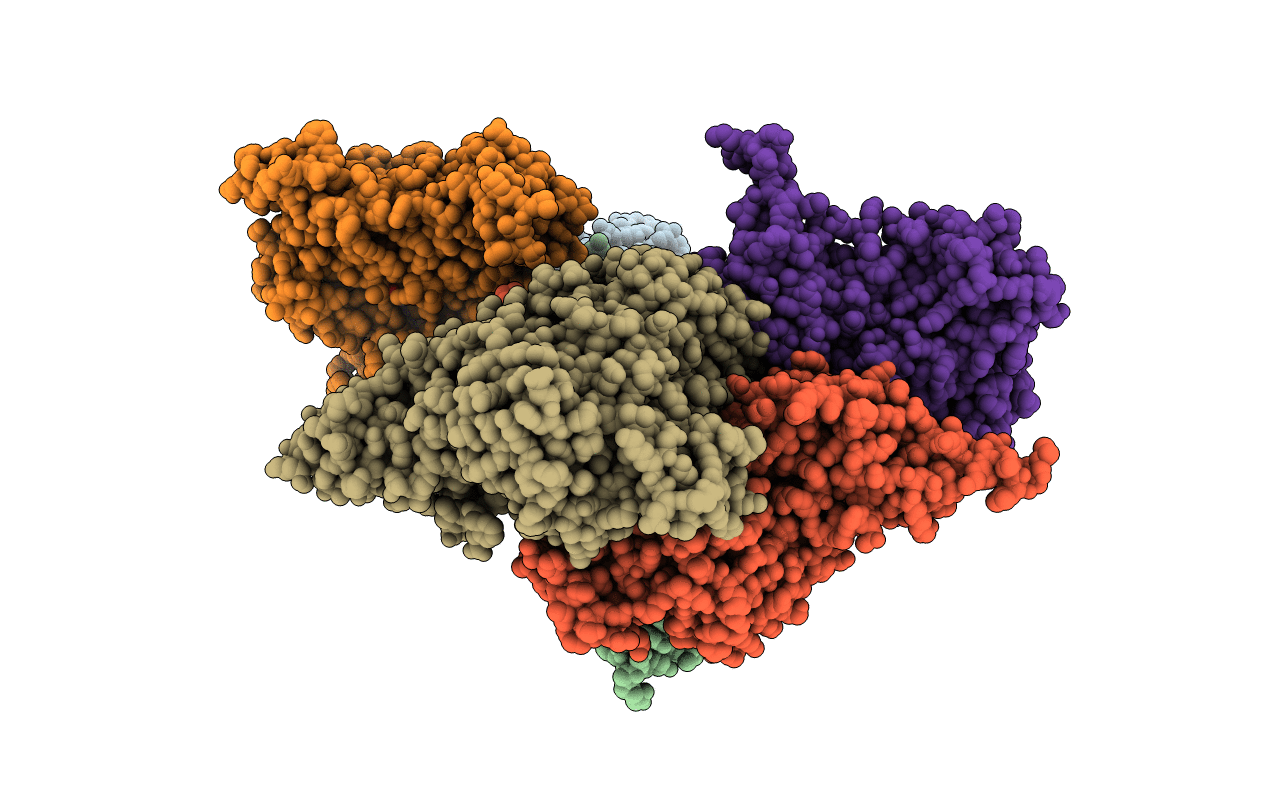
Deposition Date
2009-01-13
Release Date
2009-01-27
Last Version Date
2023-11-01
Entry Detail
Biological Source:
Source Organism:
Alcaligenes faecalis subsp. faecalis (Taxon ID: 32001)
Host Organism:
Method Details:
Experimental Method:
Resolution:
2.50 Å
R-Value Free:
0.23
R-Value Work:
0.17
R-Value Observed:
0.17
Space Group:
C 2 2 21


